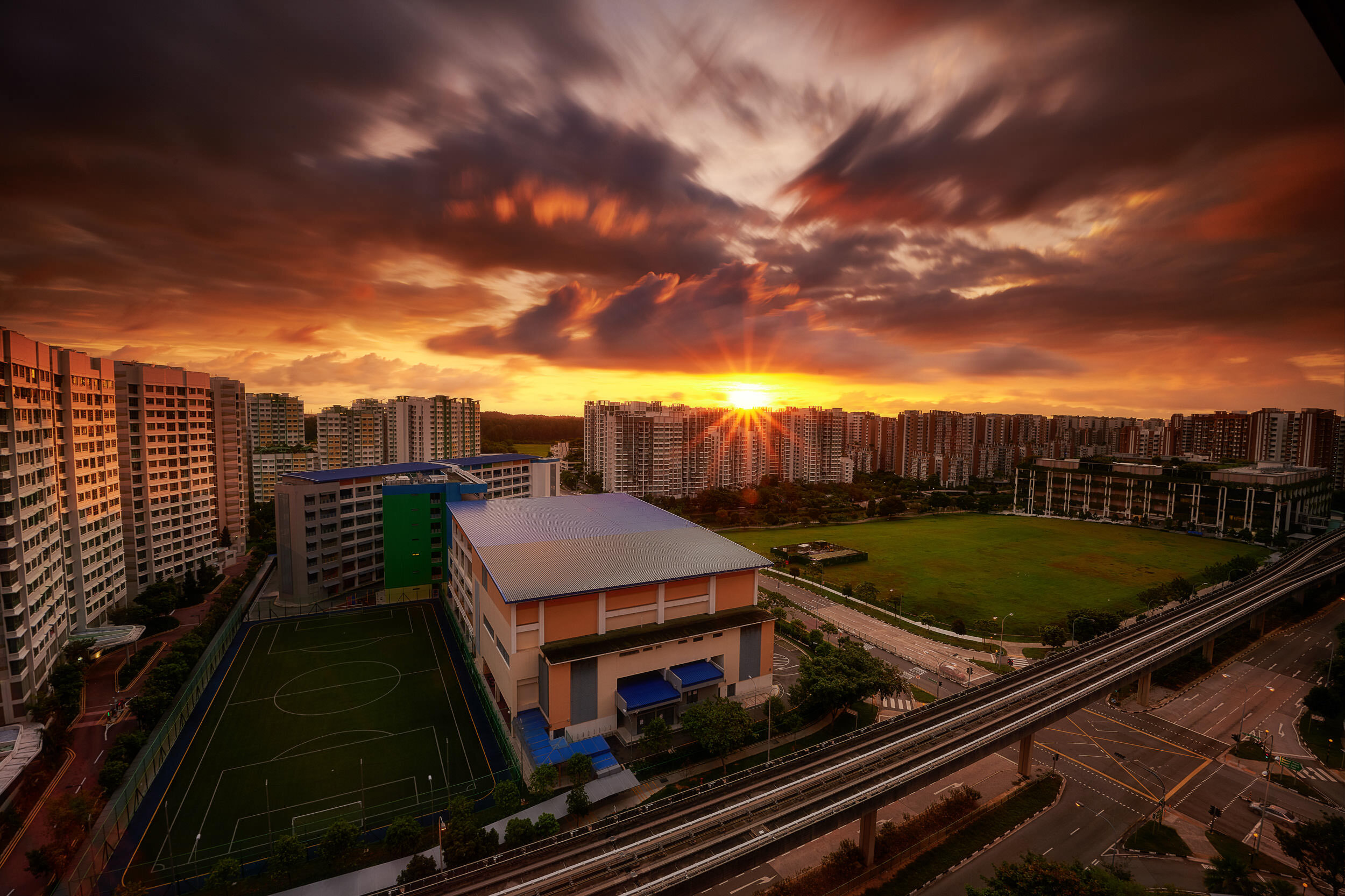How Air Quality, Cloud Cover Affects Sunrise and Sunset
Hei everyone I'm back with another video!
I know that I mentioned during in the last time that today's video will be about editing, but I've noticed something special about the sunrises and the sunsets over the past few weeks and I felt that while Singapore was still under the circuit breaker lockdown period, I should make a quick video just to talk about air pollution and how it affects the quality of the sunrise or sunset.
Does having cleaner air equate to more dramatic skies?
So here's the thing, since the 5th of May I've challenged myself to wake up early to photograph the sunrise right here from home for 30 days in a row. I've noticed that there seem to be a much higher frequency of having a very dramatic radiant and colourful sunrise since we've entered this lockdown period.
Sunrise taken from my home window over a period of 10 days.
I've long considered Singapore to be one of the hardest places to get a colourful and radiant sunrise or sunset, as compared to other countries that are not as close to the equator as we are.
Sunrise in Chena Lakes, Alaska during late autumn morning.
There's a few factors that determine the quality of a sunrise or sunset and for this video I'm just going to be talking about two of these factors; cloud cover and air quality.
On the 6th of May 2020 our local newspaper The Straits Times states that the NEA has said that our daily pollutant levels are within the WHO air quality guidelines. Singapore has been unable to meet these guidelines for quite a while.
So I have here with me one of my favourite landscape photography books, this is the Art, Science and Craft of Great Landscape Photography by Mr. Glenn Randall and he says here that the darkness of a blue sky is a good barometer of the cleanliness of the atmosphere and the probability of warm light during sunrise or sunset.
Cloudless mornings with such deep blue tones are a rarity in Singapore.
He also says that the presence of larger particles (this means pollution) also means that the warm colours of a sunrise or sunset are diluted. So what this means for us is that right now with the clean air in Singapore, it's actually the best time to shoot sunset or sunrise.
A rare fiery sunset at Gardens by the Bay East.
But please don't break the law. If you're not allowed to go and shoot, please don't go and shoot. Shoot from your home if you can, if you have a window that's facing east or facing west. I know that composition and framing could be a challenge when you're shooting out of a window but let's work with what we have right now.
Another indicator of a great sunrise or sunset is cloud cover. In general I found that having high altitude clouds does a marvellous job of catching the light and scattering it into many beautiful radiant colours.
High altitude clouds catching and scattering the morning sunlight in Tampines, Singapore.
On the other hand, low altitude clouds tend to block the light and your skies become muted and muddy, which is fine if that's the effect that you're going for.
Low stormy clouds block colours, but form an interesting “portal” where light shines through. Taken at Yellowstone National Park, USA.
Unfortunately here in Singapore, there's often far too much cloud cover but what we can do is to look for a weather app or a weather forecast website that shows you the cloud cover forecast in terms of altitude. Now personally I like high-altitude clouds of around 30 to 60% coverage and as little low altitude clouds as possible to give me the best results.
So that's it for today's video on air quality for sunrise and sunsets! I hope this has been useful for you, I'm very excited to show you guys the results of my 30 day challenge so stay tuned and subscribe to the YouTube channel.








